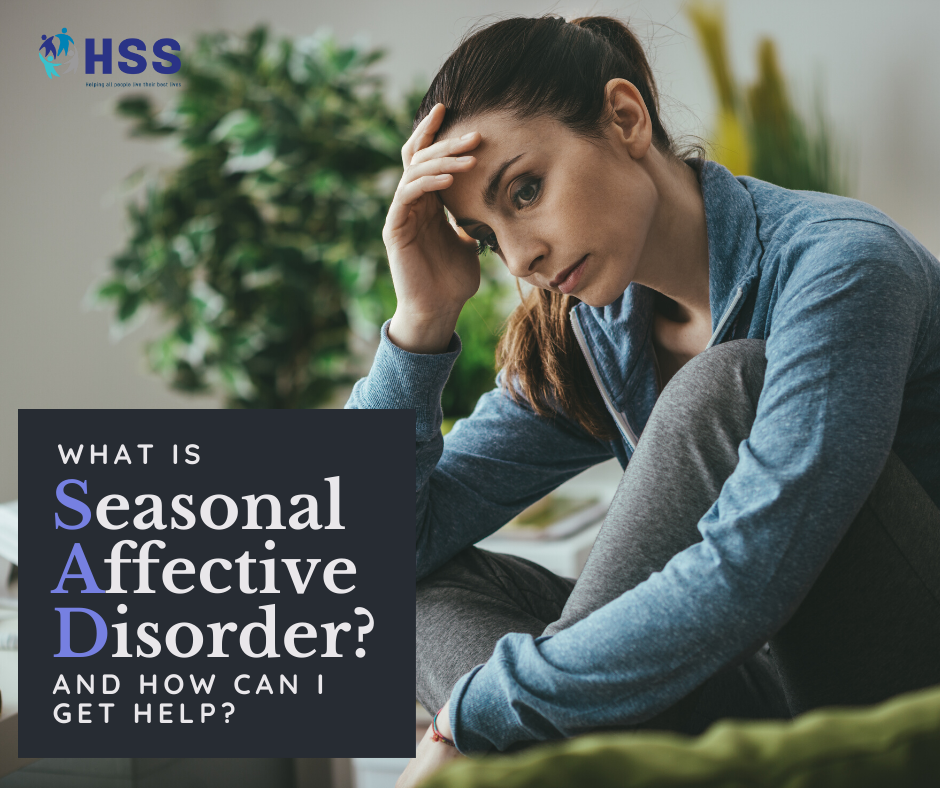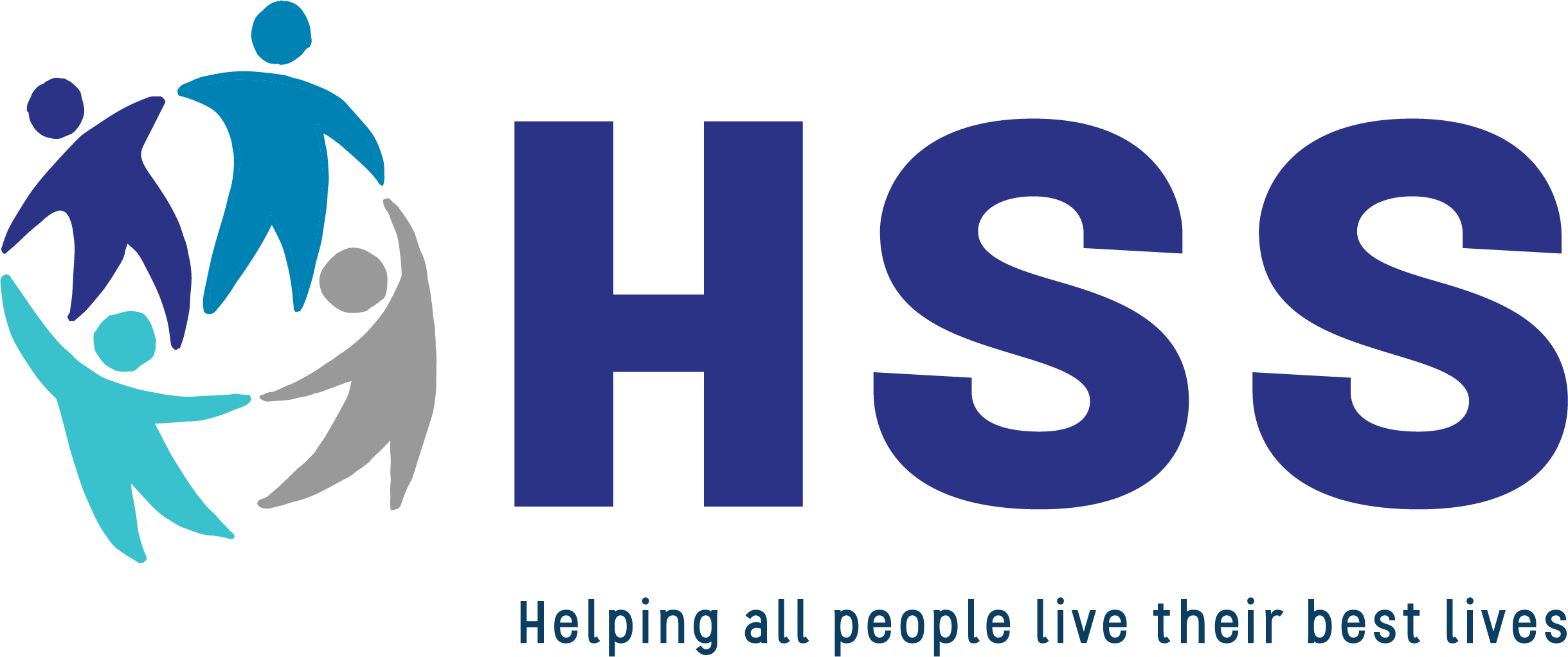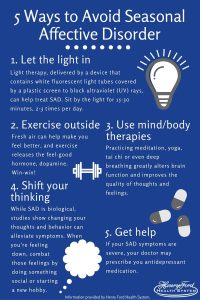
Seasonal Affective Disorder – When It’s More Than The “Winter Blues”

Amy could hear the children laughing as they played nearby. She knew the sound of gleeful giggling should make her smile. But inside her office where she sat at her desk, she just wanted to curl up into a ball and make the cheerful sounds go away.
It was another day of struggling at work. Struggling to be productive, struggling to interact with others, struggling to fake happiness.
And it was nothing new. Since November — or maybe it was October — she’d found herself growing increasingly despondent. Shorter days, longer nights. This was the worst case of winter blues that she’d ever experienced.
But there was no sense in asking for help, or letting others in on her pain. After all, spring was just around the corner.
Can you relate to Amy’s experience? Are you, or is someone you love, wrestling with similar feelings?
If so, HSS urges you to read on, as we provide some important facts about Seasonal Affect Disorder (SAD). Because the term “winter blues” is an unfair characterization of a very real mental health concern that many people experience, and try to cope with on their own.
In naming this condition, and seeking help, you are not only providing relief to yourself or your loved one. You are also helping others, by increasing society’s understanding of SAD.
Here’s what you need to know:
What Is It?
Seasonal Affective Disorder (SAD) is characterized by recurring episodes of depression, occurring around the same time each year — usually in the fall and winter.
What It Is Not
Some people use the term “winter blues” but this is more than that — it is a mental health condition that can be treated.
How To Recognize It
Symptoms of Seasonal Affective Disorder can include any of the following:
- Feeling depressed most of the day, almost every day
- Sleeping more or less than is typical, or other significant sleep disturbances
- Having noticeably less energy or feeling sluggish
- Withdrawing from social activities or other things you typically enjoy
- Experiencing weight gain due to overeating
Risk Factors
There are certain things that can increase your risk of having SAD:
-
- Gender. Women are four times more likely to be diagnosed than men.
- Genetics. People with a family history of depression can be more likely to develop SAD.
- Location. SAD is more common in people who live further from the equator.
What Else You Should Know
The causes of Seasonal Affective Disorder are unknown, but researchers have found some clues by looking at how decreased sunlight during the fall and winter months can affect the body and mind. Some studies have examined the impact on the body’s ability to produce melatonin, serotonin and Vitamin D.
When To Seek Help
Everyone gets the blues. But if you find yourself feeling depressed for days at a time, with no specific or obvious cause, and you are losing motivation to do the things you typically enjoy, you may want to consider talking to a professional.
HSS mental health professionals can provide confidential counseling and therapy at an appointment time that is convenient for you. Our counselors will help you find ways to feel like yourself again — so you don’t have to wait for spring, or fear your condition will get worse in the meantime.
Learn more about Seasonal Affective Disorder:
National Institute on Mental Health


